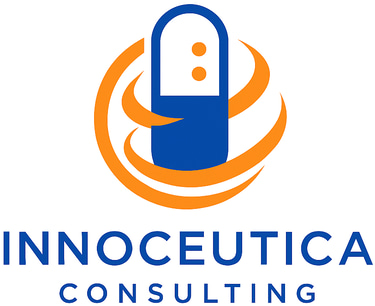Post-Warning Letter Meetings Under GDUFA- finalized in June 2025
The Food and Drug Administration (FDA or Agency) is announcing the availability of a final guidance for industry entitled “Post-Warning Letter Meetings Under GDUFA.” This guidance provides information on the implementation of the Post-Warning Letter Meeting process for certain drug manufacturing facilities, a program enhancement agreed upon by the Agency and industry as part of the negotiations relating to the reauthorization of the Generic Drug User Fee Amendments (GDUFA)
9/26/20252 min read
FDA Guidance for Industry: Post-Warning Letter Meetings Under GDUFA (June 2025):
Purpose & Background
Introduced under GDUFA III (FY 2023–2027) as a program enhancement to improve communication between FDA and facilities after issuance of a CGMP-related warning letter.
Objective: Provide facilities an opportunity to discuss remediation efforts and corrective and preventive actions (CAPAs) with FDA before re-inspection, reducing regulatory uncertainty and facilitating compliance.
Eligibility Criteria
Facility must:
Be in Official Action Indicated (OAI) status due to CGMP violations.
Have paid the GDUFA facility fee for the current fiscal year or be named in a pending ANDA.
Warning letter violations must relate to Section 501 of FD&C Act (adulteration) for human drug manufacturing, including drug-device combination products.
Each facility with a unique FDA Establishment Identifier (FEI) listed in a warning letter may request its own meeting.
Timing
Generally scheduled ≥6 months after initial warning letter response to allow meaningful CAPA progress.
Earlier meetings may be granted if FDA determines both parties would benefit.
If a request is denied, a second request can be submitted after 3 months.
Meeting Request Process
Submission: Electronic request to FDA with a complete meeting package.
Package Contents:
Facility details and meeting logistics (attendees, proposed dates, format).
Comprehensive CAPA plan addressing all cited deficiencies, with timelines and supporting documentation.
Retrospective evaluation of impact on product quality and systems.
Specific questions for FDA on CAPA adequacy and completeness.
FDA will deny incomplete requests or those lacking evidence of remediation progress.
FDA Performance Goals
Commitment to timely responses:
FY 2024: 50% of requests within 30 days.
FY 2025: 70% within 30 days.
FY 2026–2027: 80% within 30 days.
Meeting Conduct
Formats: In-person, teleconference, or video conference.
Agenda:
Introductions and FDA opening remarks.
Facility presentation on CAPA progress.
Discussion of CAPA adequacy and next steps.
Closing remarks by senior leadership and FDA.
No audio/video recording allowed (due to Maryland two-party consent law).
Key Points & Limitations
Not a substitute for re-inspection; does not guarantee clearance of OAI status.
Focus strictly on CGMP remediation, not application-specific issues.
FDA expects robust documentation and evidence of systemic improvements beyond cited deficiencies.
Impact for Industry
Provides a structured pathway for facilities to engage FDA early, align on remediation expectations, and potentially expedite re-inspection readiness.
Encourages proactive compliance culture and transparency in CAPA execution.


